Wanhal, Johann Baptist: Missa Solemnis in C major (Weinmann XIX: C7) (AE311) – sheet music
Previous Product Next Product
Description |
Wanhal, Johann Baptist (1739-1813)
|
||||||||||||||||||
Audio sample |
|||||||||||||||||||
Details |
The present work was composed sometime before 1778, the year Gttweig monastery acquired a copy. The work seems to have circulated fairly widely in central Europe and at least a dozen copies have been preserved. Unlike Wanhal's Missa Pastoralis (published as AE310) C7 belongs to the mainstream of the 18th-century Viennese concerted mass tradition. Its employment of the organ as a concertato instrument in the Quoniam is a little unusual for Wanhal but it has many precedents in the masses of Leopold Hofmann and others. One feature which distinguishes this mass from many other works of the period it is its modern instrumentation. The typical Viennese missa solemnis of the period was scored for choir - possibly with concertato voices - 2 clarini (high trumpets), timpani, 2 violins, violoncello, violone (a small double bass) and organ. A pair of trombones was generally used to double the ripieno alto and tenor voices and a bassoon might be added to the bass line if it were readily available. C7, however, omits the customary trombones and includes a pair of oboes and a full string section with an independent viola part.With the exception of the organ continuo the forces used by Wanhal in the work are virtually identical with those in many of his symphonies. His use of the oboes raises some interesting questions. Oboes were considered secular instruments during the mid-18th century, and, like the more lascivious horns, had even been excluded from church orchestras at one stage by papal edict. Although we know that this ban was not very strictly enforced, it is interesting to note that in 1783 when a census of church musicians was carried out in Vienna only one church numbered oboists in its orchestral ranks. It is possible, therefore, that this mass - and others by Wanhal - was commissioned either for performance in a private chapel or by one of the great monastic houses like Gttweig whose members had assiduously collected the composer's symphonies from the very outset of his career. This edition is based on a set of contemporary MS parts (ex Archiv Schminder, St. Plten) now preserved in the Austrian National Library under the shelfmark Mus.Hs.22290. The wrapper reads: ' Nro.88/1 / Missa in C / a / 4 Voc: /Violinis 2bus in Dupl: / Obois 2bus / Clarin 2bus / Timpano / Viola / con / Organo e Violone / Del Signore Vanhall /[ incipt] In the absence of both the autograph score and an authentic set of parts, this edition presents as aithfully as possible the intentions of the composer as transmitted in the Viennese parts. The style and notation of articulation and dynamic markings have been standardised throughout and, where missing from the source, markings have been reconstructed from parallel passages. These are indicated by the use of dotted slurs or brackets. Like most eighteenth century sources, the present manuscript is inconsistent at in its notation of appoggiature; these too have been standardised to minimise confusion. Obvious wrong notes have been corrected without comment; text underlay, where confused in the source, has been corrected; editorial emendations with no authority from the source are placed within brackets. Paul Bryan Allan Badley |
||||||||||||||||||
Performance |
9 June 2013 Conductor: Tobias Koriath Barockorchester Armonia dell’Arcadia Bamberg - Thomaskantorei Frankfurt am Main Frankfurt - Germany |




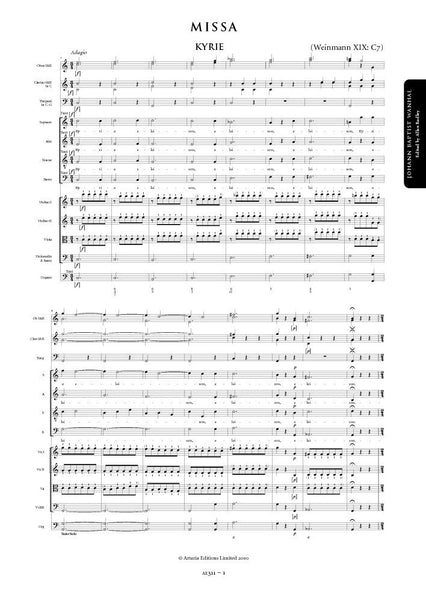
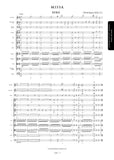
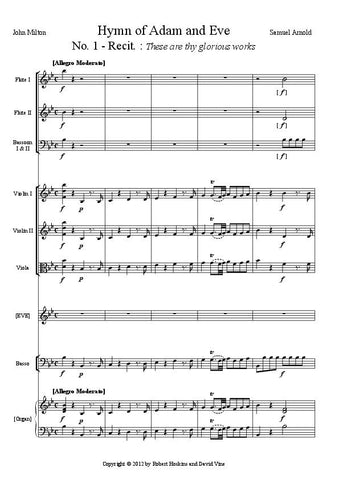

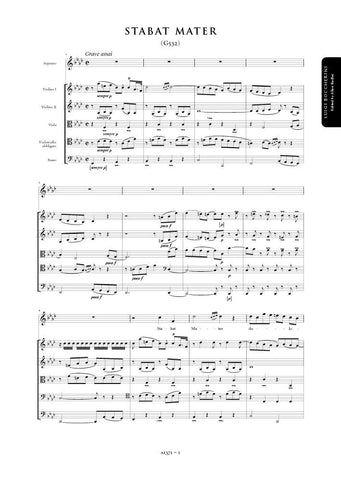
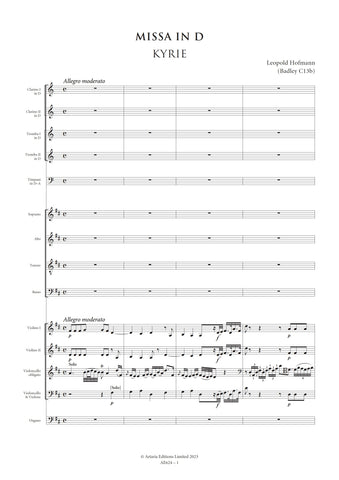
![Hofmann, Leopold: Missa in D (Badley C13b) [Vocal Score] (AE624/VS)](http://www.artaria.com/cdn/shop/files/ae624vs_1stpage_large.jpg?v=1697794050)
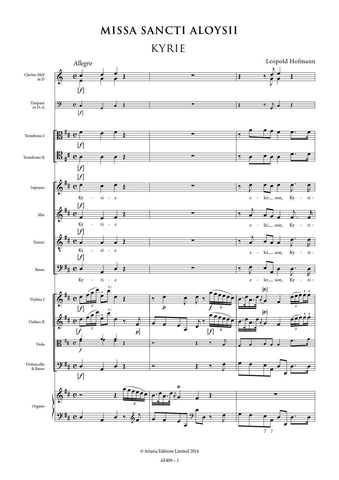
![Hofmann, Leopold: Missa Sancti Aloysii (Badley D8) [Vocal Score] (AE409/VS)](http://www.artaria.com/cdn/shop/products/AE409_VS_Inside_1_large.jpg?v=1571438578)
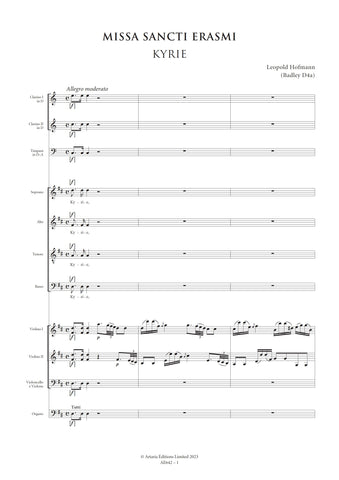
![Hofmann, Leopold: Missa Sancti Erasmi (Badley D4a) [Vocal Score] (AE642/VS)](http://www.artaria.com/cdn/shop/files/ae642vs_1stpage_large.jpg?v=1697798128)